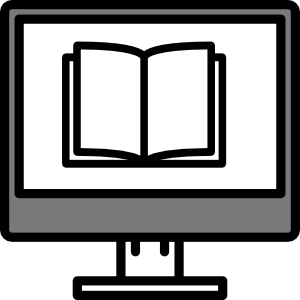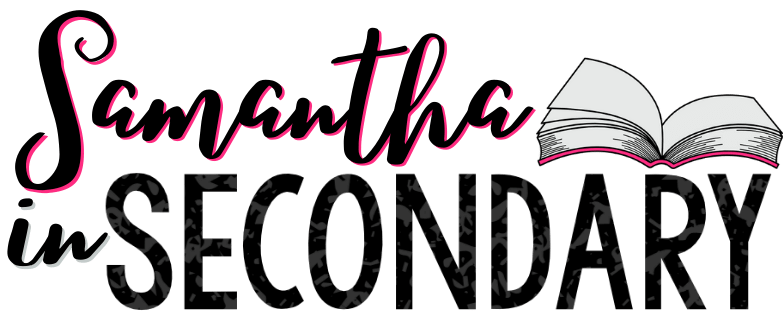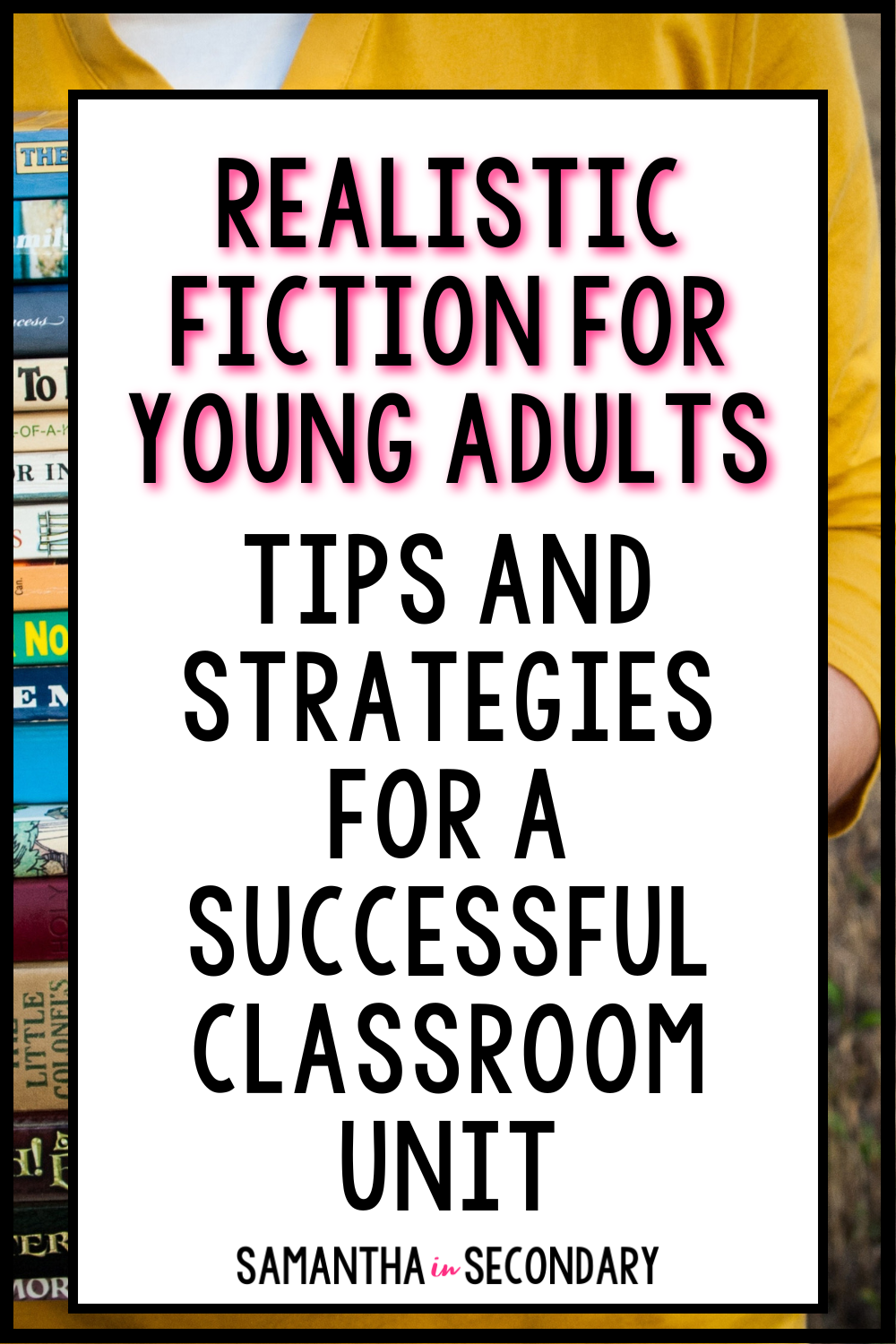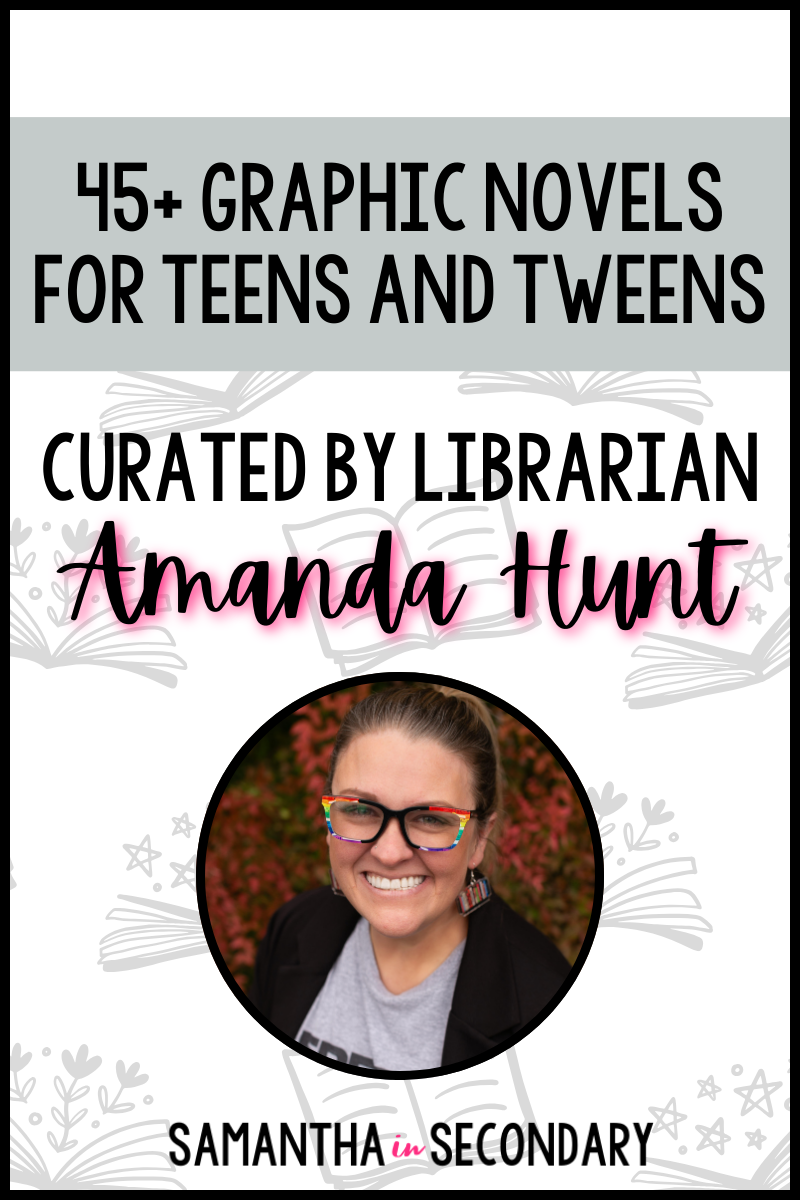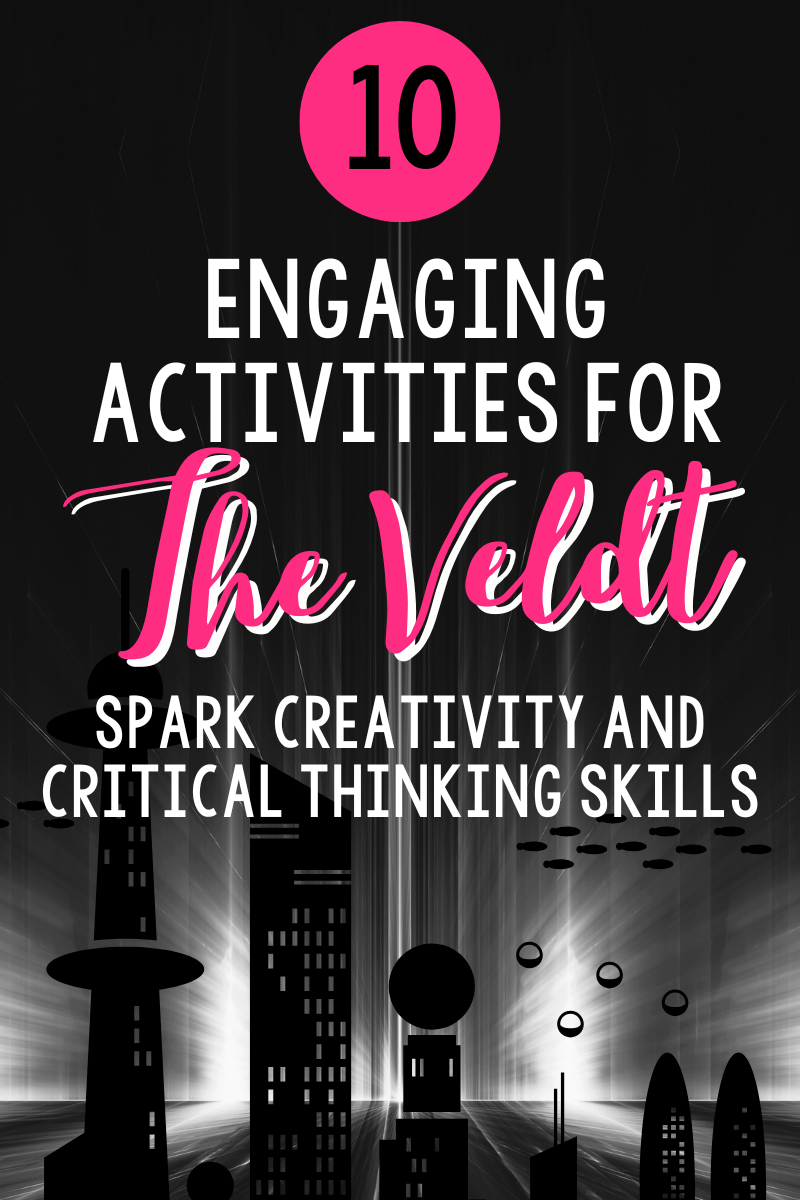Creating a classroom library is a significant endeavor, particularly when it comes to selecting the best books for a high school classroom. For many educators, the task can seem daunting, especially if they are uncertain about where to begin. Initially, I was skeptical about the necessity of a library for high school students. However, as my collection grew and I observed the positive impact on my students, I came to understand that classroom libraries are essential, regardless of the students’ age or grade level.
A well-stocked library can serve as a cornerstone of an enriching educational environment, fostering a love for reading and providing valuable resources for learning. Whether you are starting from scratch or looking to enhance your existing collection, this guide will offer you practical tips and strategies to build a dynamic and engaging library for your high school classroom. Read on to discover how you can create a literary haven that inspires and supports your students.

Tip #1: Make secondhand stores your new best friend.
Shopping for books second hand can be a really affordable way to build your classroom library. My local Good Will has tons of gently-used books that are just $.50-$1. I have had a lot of luck finding popular titles at a fraction of the cost. Check out your local consignment shop and check often! I know ours is constantly replenishing their stock.
If Good Will isn’t an option in your area, check to see what other local secondhand stores you might be able to visit. 2nd and Charles or even somewhere like Ollie’s can have a great selection if you know what to look for.
Tip #2: Shop online.
I belong to many local Facebook groups that always have postings for free or inexpensive gently-used books. Local “classifieds” or “buy nothing” groups are usually hot spots for people looking to unload books. Check for some in your area and don’t forget to also post letting people know what you are looking for!
Used book websites are becoming more and more popular, too. Websites like Abe Books or Pango Books are great for finding deals.
Tip #3: Ask for donations.
Believe it or not, people love to be generous when it comes to books for kids. One idea is to start a Donors Choose project. There are plenty of donors who look specifically to fund books. (I have personally had class sets of novels funded there!) Another option is to create an Amazon Wish List with titles you would like to have. Once a year, I post my own list to family and friends through my personal social media accounts. More often than not, I have super generous people send me a book or two. I’ve even had complete strangers send me supplies for my classroom and each time, I am completely blown away at the generosity and always so very grateful. Every little bit helps.
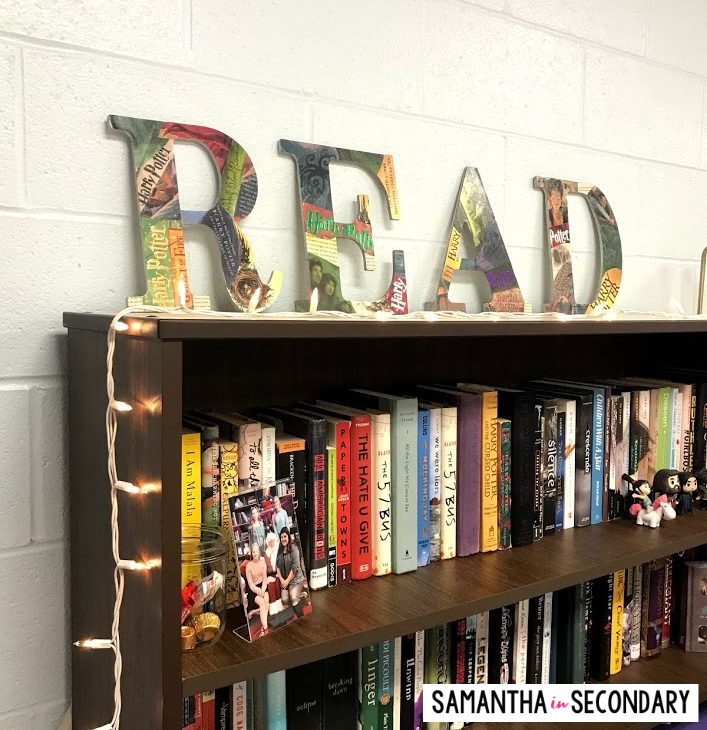
Tip #4: Scout out library sales.
My local library holds library sales a few times a year. Usually you can take a bag and fill it up with titles for one set price. The last time I went, I had two HUGE bags of books for $14. Most of the titles were current and everything was in good shape. I felt like I hit the lottery! Chances are, your local library does this as well.
Tip #5: Search for book grants.
There are many organizations that sponsor book grants for teachers. Try doing an internet search to find one in your area. Though this method sometimes takes a bit more time and includes more paper work, the payoff is usually well worth it.
Looking for Book Recommendations?
Click the link above to grab my free list of 100 of my favorite YA novels to stock your shelves. Keep this list handy as you search for the best books that your students are sure to love.
Building a high school classroom library filled with engaging and diverse books is a rewarding journey that can greatly enrich your students’ learning experiences. By exploring secondhand stores, you can find hidden gems at affordable prices. Searching online opens up a vast array of options and allows you to discover new and popular titles. Creating a book wish list can help you stay organized and focused on your library goals. Library sales often provide an excellent opportunity to acquire a variety of books at a fraction of the cost. Lastly, applying for book grants can give you the financial support needed to expand your collection without straining your budget.
By utilizing these five strategies, you can create a dynamic and inviting classroom library that fosters a love for reading and supports your students’ academic growth.
Do you have any more tips for creating a thriving classroom library? Comment on this blog or follow me on Instagram to join the conversation!
Happy teaching!



